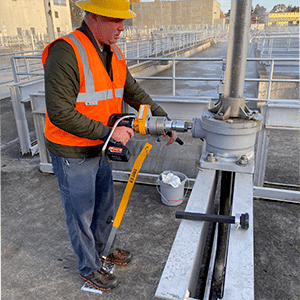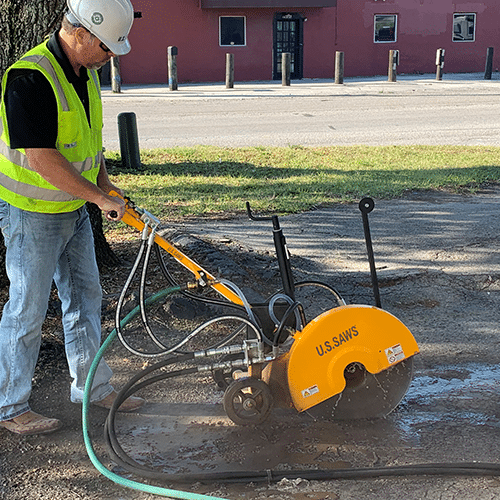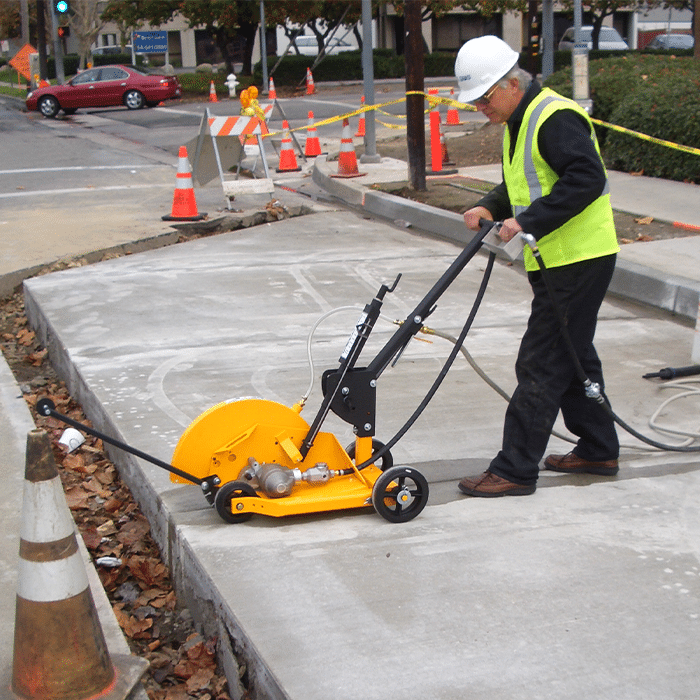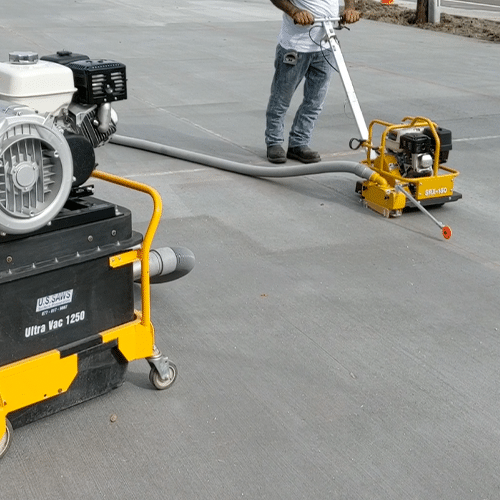Valves are important for our water supply. They are necessary devices utilized in the regulation of fluids and gases flowing in one direction through pipes and ducts. The valve operates as a stopper that can completely shut off the flow or just slow it down just enough to ensure the proper flow speed and pressure is maintained. Valves are everywhere and are a crucial component to the functioning of our cardiovascular systems. Just like our cardiovascular systems need exercise to stay healthy, valves used by municipal water departments and wastewater systems need to be exercised to in order function optimally. Fortunately, companies like U.S. SAWS have developed valve exercisers that are portable and battery operated to ensure all of the valves affecting the full gamut of water and plumbing systems, no matter how inconvenient a location, can be exercised to reduce any interruptions to our water supply.
Why Is It Important?
Millions of people rely on the public water supply, and it is crucial that the water directed to our homes is potable. Valves control the flow of water and waste to and from our homes and businesses. Maintaining the consistent quality and drinkability of water to the public is managed by valves. Backflow is a key concern of many waterworks departments. Backflow happens when non-potable water or other substance flows in a direction that is reversed from its intended direction. Should an issue with backflow arise, the water supply for the community is deemed unsafe, and the community suffers an inconvenient and potentially disastrous interruption in the water supply. In order to avoid any potential backflow issues, it is recommended that regular maintenance is performed on the valves to reduce stiffness and decay. This is typically done by the use of a valve exerciser, a handy tool that every employee of the waterworks department should have in the toolbox.
The valve exerciser loosens and then re-tightens the valves to prevent malfunction. As the contractor uses the valve exerciser, he or she is able to determine whether there is any decay or corrosion on the valve or if the valve is generally functioning at an optimal level. Due to the severity of consequences should a water supply valve fail, it is imperative that municipalities perform regular maintenance on its water supply valves to ensure full functionality. Regular maintenance and use of valve exercisers also reliefs the valves of gunk buildup and debris, keeping the environment safe for the operation of the valves.
How to Get It Done
Valves are not known for their convenient placement. They are typically in hard to reach areas, many times on purpose to reduce non-municipal workers from accessing and potentially damaging valves and the water supply. Accessing these restricted areas with a valve exerciser with enough space to turn the tool to loosen the valves can be an ordeal. Nowadays, valve exercisers are portable, many with a convenient carrying case, battery operated, and lightweight to ensure the worker’s ability to use it in any tight situation or inopportune location.
One the valve has been located and the worker has him or herself into position, step one is to remove the valve cover. Next, the drive shaft needs to be placed onto the valve nut. Then the solid extension needs to be installed onto the gearbox output, engaging the twist lock mechanism will lock the solid extension into place. Now it is time to attach the power head unit to the drive shaft. Using a lower torque output is crucial to ensuring the valve is not overloaded, which could damage the valve. When cycling the valve, make sure to use slower speeds, especially when the valve size is unknown. If the valve is stuck and not moving, increase the torque in small increments to ensure no damage is being done to the valve. This is the time to evaluate the valve and note how limber it is. Once the valve has been exercised, pack up the exerciser in the handy carrying case and move on to the next one.
Valve exercisers, as simplistic as they may sound, play a vital role in ensuring potable water is available to the community. This tool is vital for any waterworks employee and should be in every contractor’s toolbox. Regular annual maintenance of municipal water supply valves will reduce the risk of backflow and the contamination of the community’s entire water supply, keeping everyone safe and drinking clean water.
Vale exercisers are crucial to municipal workers, and U.S. SAWS is an industry leader in providing all of your valve exerciser and companion accessory needs. Contact U.S. SAWS today find the right valve exerciser for your waterflow project.




